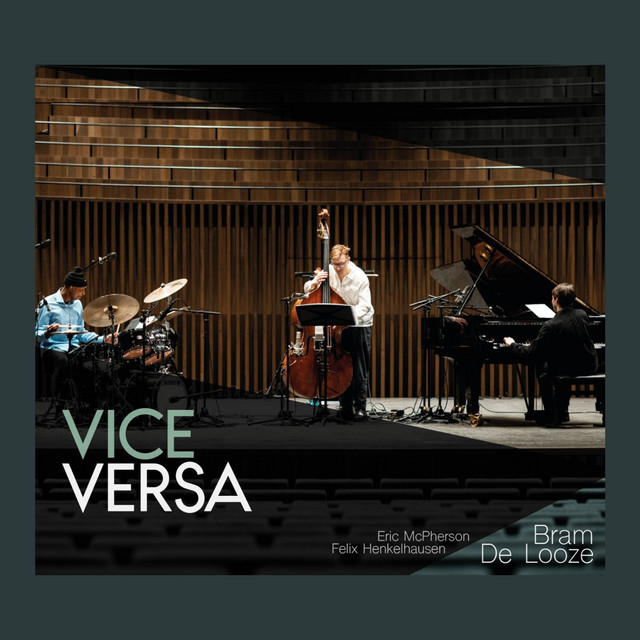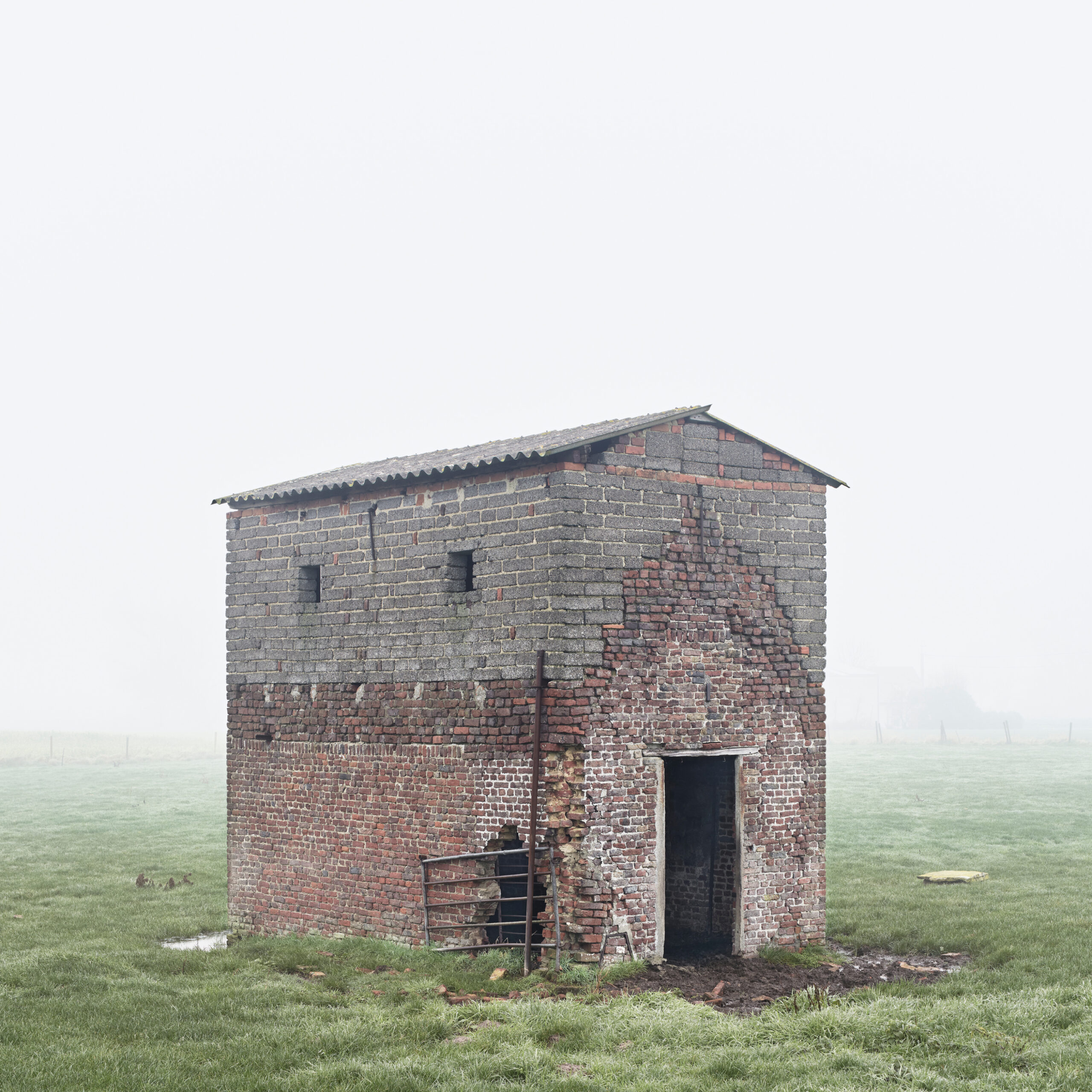There are those who arrive on the scene fully-formed, immediately claiming their own bright corner in a universe of possibilities, Thelonious Monk being the chief example among them (even though it took a while before everybody realised it). And then there are those whose potential and personality can be felt from the outset, but who consider their trajectory a laboratory of possibilities. Not to suggest that they start humbly and slowly become better at their jobs, but some keep enriching and refining their position with each new step. Bram De Looze (°1991) is certainly one of those musicians, always on the lookout for new options, detours and possibilities to expand his art.
As De Looze’s discography and web of national and international connections increase in size, it becomes more apparent how personal his music is and how it succeeds in combining an inner urge with an outward curiosity. His playing is refined and thoughtful, not just cerebral. If anything, the pianist is always on the lookout for new modes of expression, and not just experimenting with the key ingredients of melody, harmony and rhythm, but also going to a more basic, deeper level, where resonances, moods and densities are continually turned inside-out as parts of a steady work-in-progress.
“Intelligent, virtuoso and perfectionistic” – Klara
De Looze made his entrance onto the national jazz scene with LABtrio (with Anneleen Boehme and Lander Gyselinck) and immediately impressed with his rich language, technical prowess and maturity, which earned him considerable praise from his peers. As happens so often, it was a period of studying abroad (at the New School For Jazz And Contemporary Music in New York, where he studied with Uri Caine and Marc Copland, amongst others) that sped things up considerably. De Looze launched the international Septych, released an album on the acclaimed Clean Feed-label, and kept searching for new modes of expression. One such example is his trio with fellow Belgian Robin Verheyen and drum master Joey Baron, which released MixMonk to great acclaim in 2019.
There was more. Besides solidifying the ever-expanding group of like-minded musicians (Stéphane Galland, Antoine Pierre, Dre Hocevar,…), De Looze also set out on a solo trajectory, and hardly a regular one. After paying a visit to Chris Maene’s collection of pianofortes, De Looze started a project using three such instruments, approaching their historical position from a contemporary viewpoint. The resulting album Piano e Forte (2016) and accompanying tour were met with rave reviews. Two years later, he recorded Switch The Stream with the revolutionary Chris Maene Straight Strung Grand Piano, once again allowing him to combine historical roots with modern techniques and perspectives. His most recent solo album – Colour Talk – introduces a Straight Strung Grand Piano by Rafael Viñoly, the next step in the merger of sound, conception and design.
“Living up to his reputation as a free spirit, Bram De Looze has produced a deeply personal work that is at once innovative and profound.” – Jazzhalo
As the histories of jazz and classical music keep expanding and being available, it can become challenging to make your own mark as a musician and composer. Technical skill and infinite knowledge of compositions will allow you to impress for a while, but it will not suffice to make an impact that lingers. You could connect De Looze to many of today’s piano masters, but only to a certain degree, as he always manages to add his own twist. He shares a talent for reinvention with Jason Moran, but does so from a completely different angle. Like Fred Hersch, he keeps refining that touch, but steers away from the romanticism. He has the broad imagination of a Mehldau, but replaced the Panavision approach with a more intimate one. Once in a while, De Looze’s ruminations might remind you of Craig Taborn’s architectural complexity, but with a lesser focus on the physicality.
Most of all, De Looze’s art is about shape-shifting. Not in the sense of replacing one thing with something completely different, but with a focus on steady evolution, the use of several idioms (whether it is jazz, classical music or free improvisation) and reinvention. It is a universe where meditation and adventure, dissonance and purity co-exist in a neverending attempt to capture the intangible.

